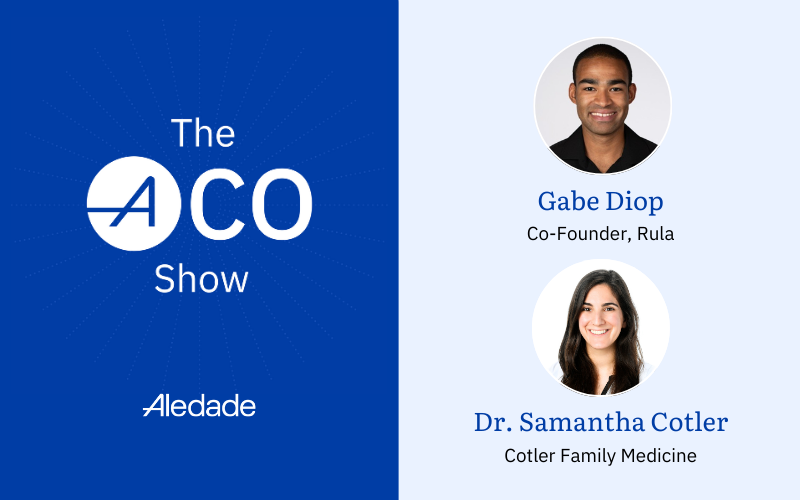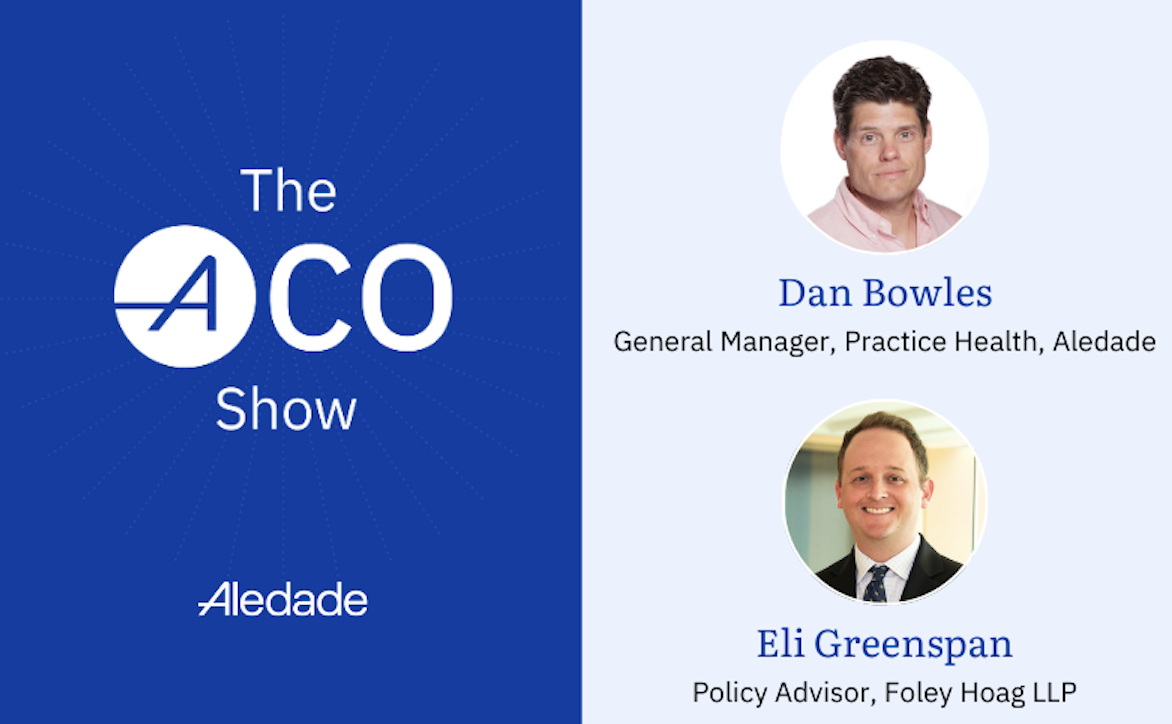
3 min read
Emerald Coast Medical Group: The whole team, working for the whole patient
Physicians around the country are fighting to keep their private practices open. Emerald Coast Medical Group (ECMG) in Pensacola, Fla., is no exception. Every day is centered around serving every patient — with all the focus placed on comprehensive...
Read More








